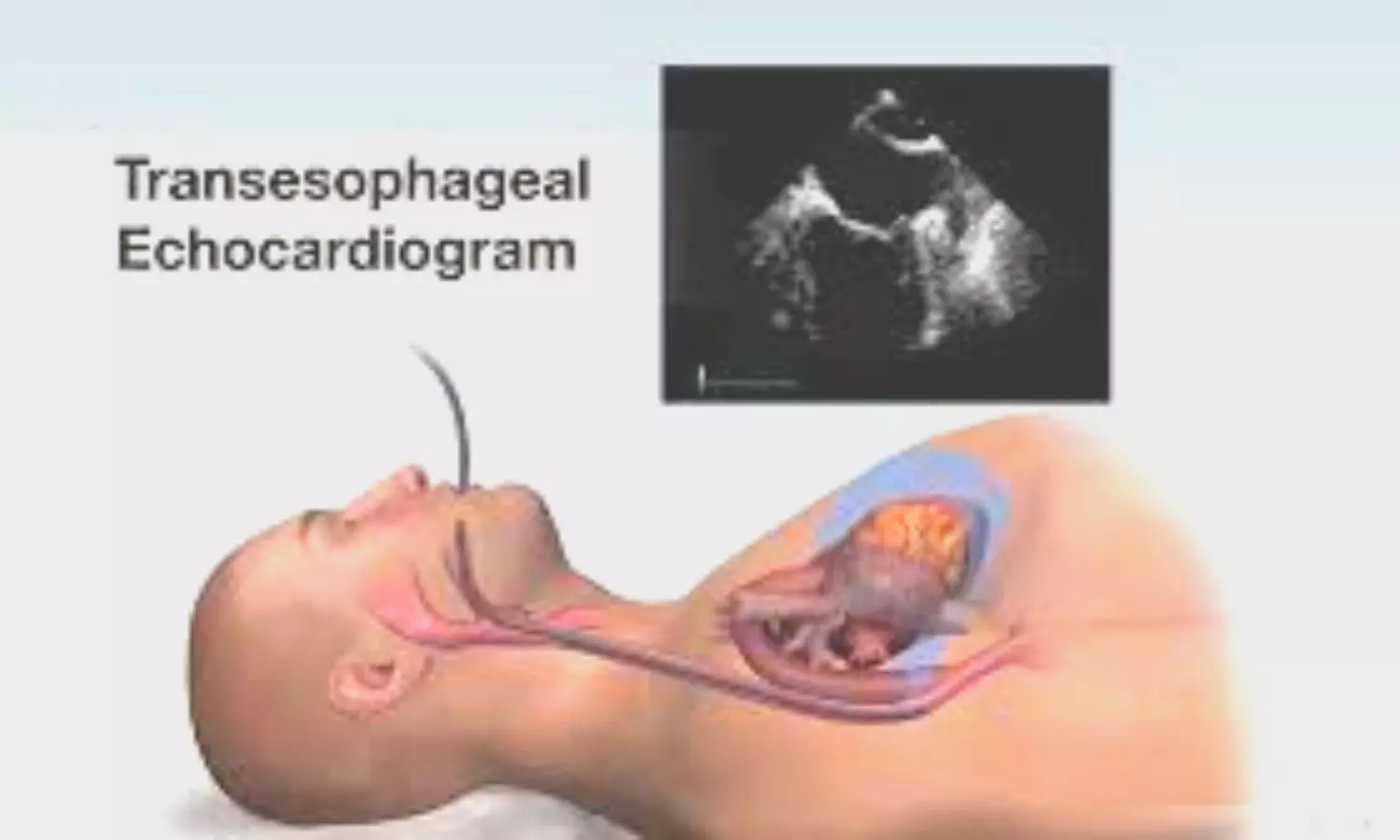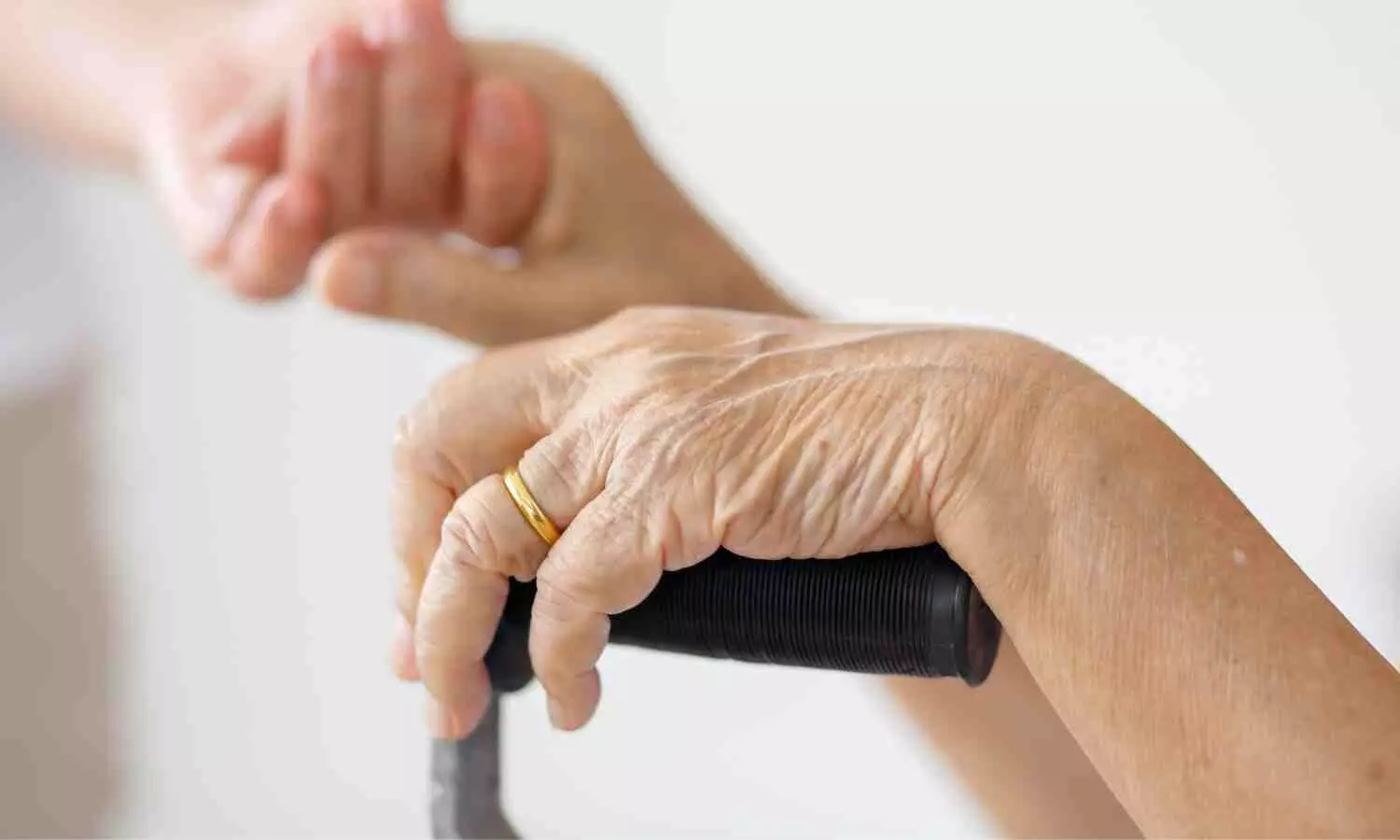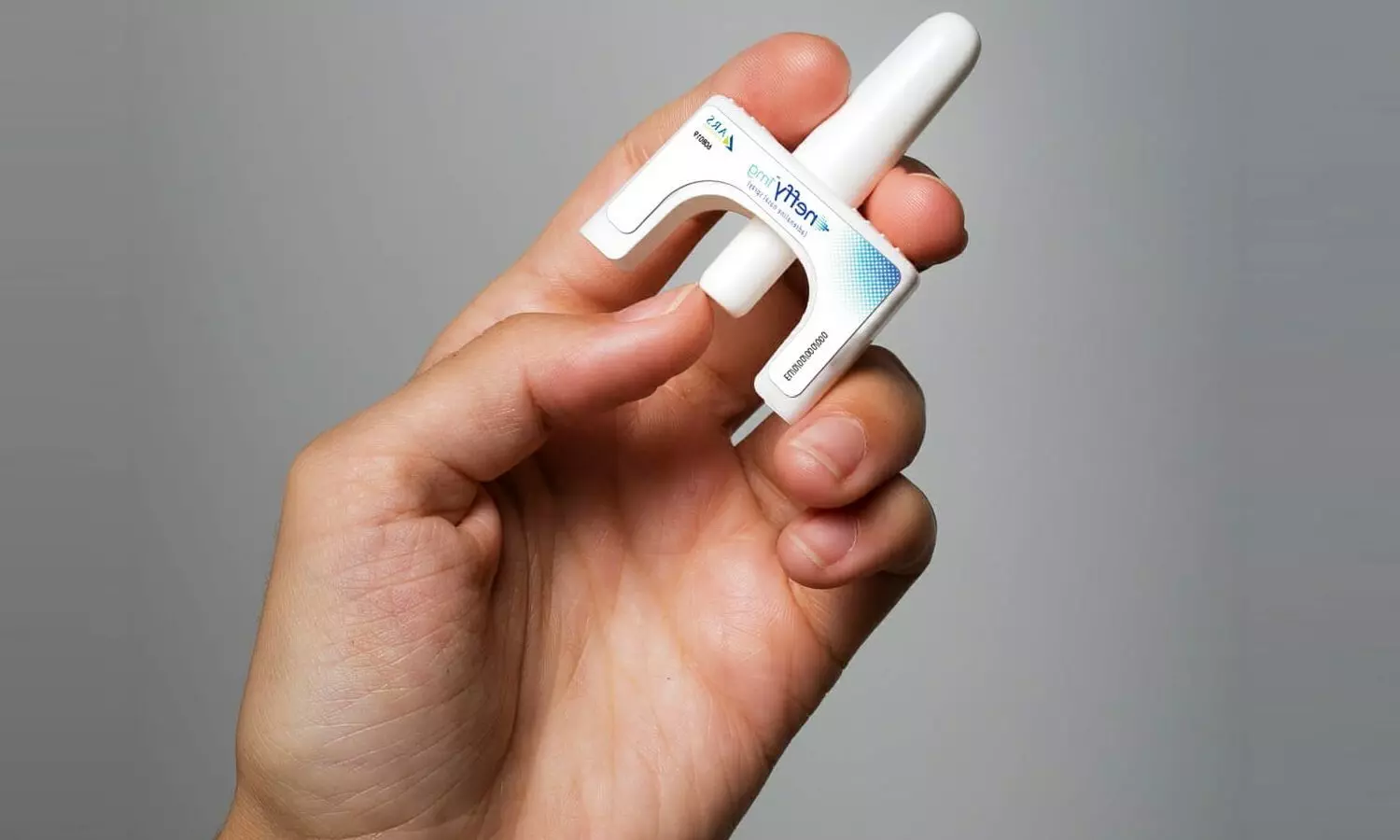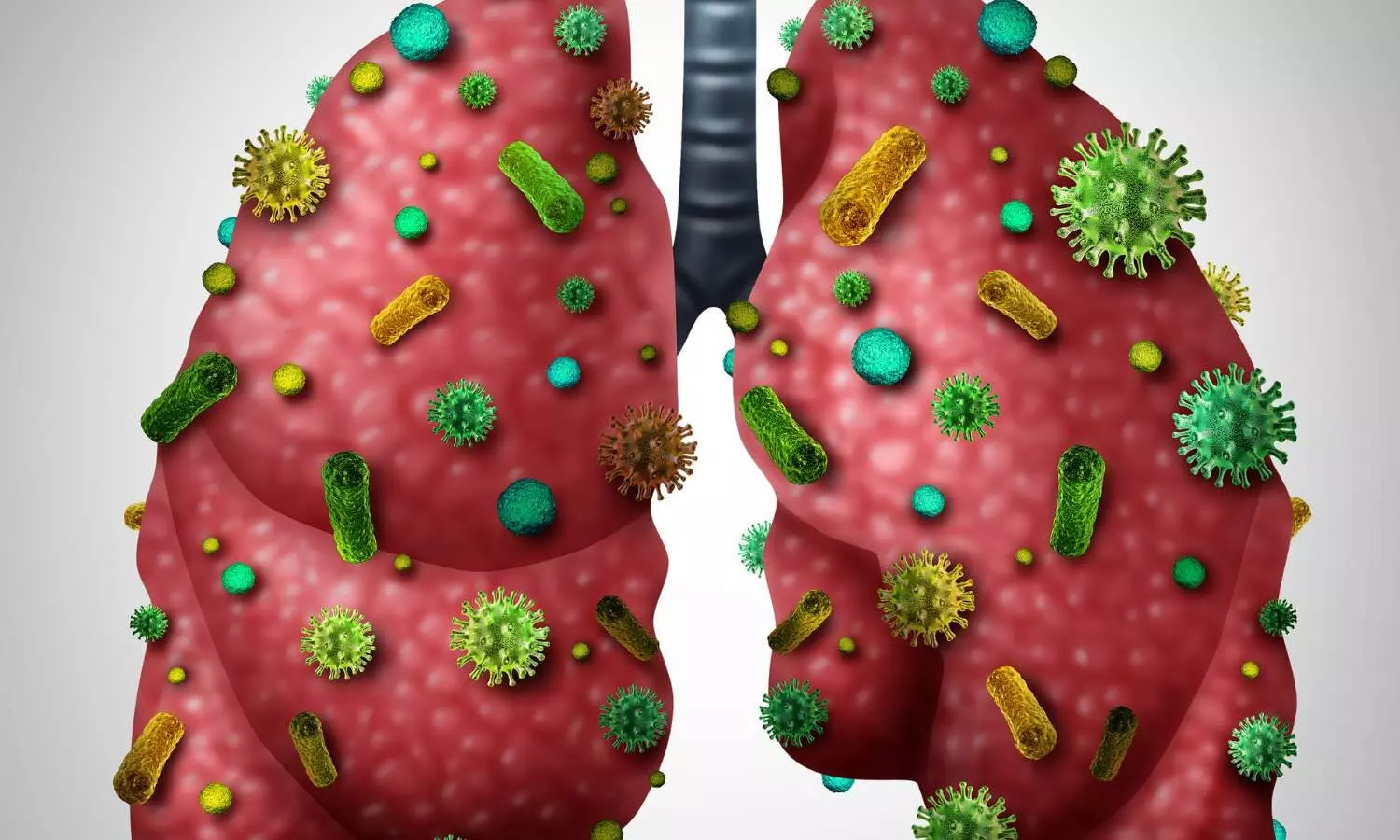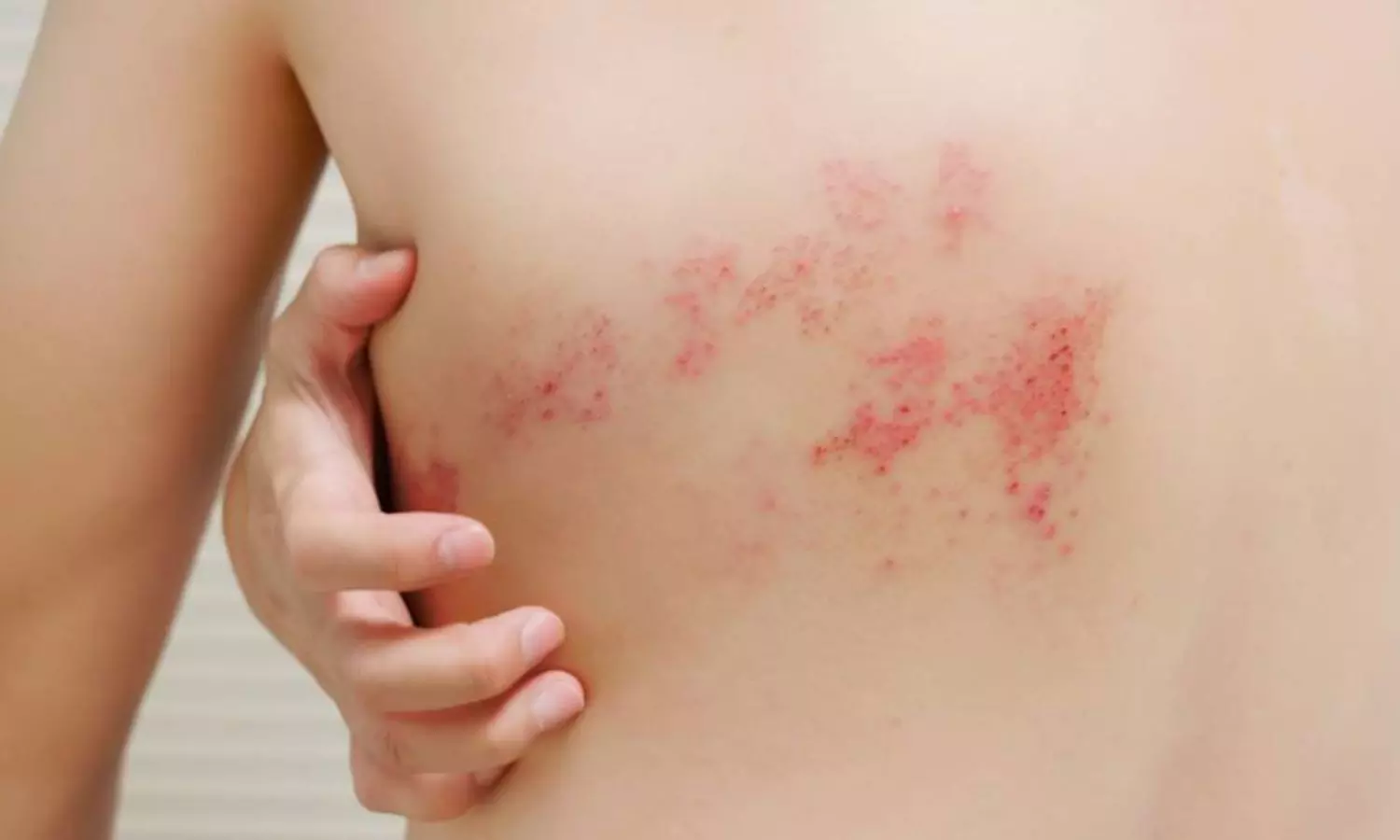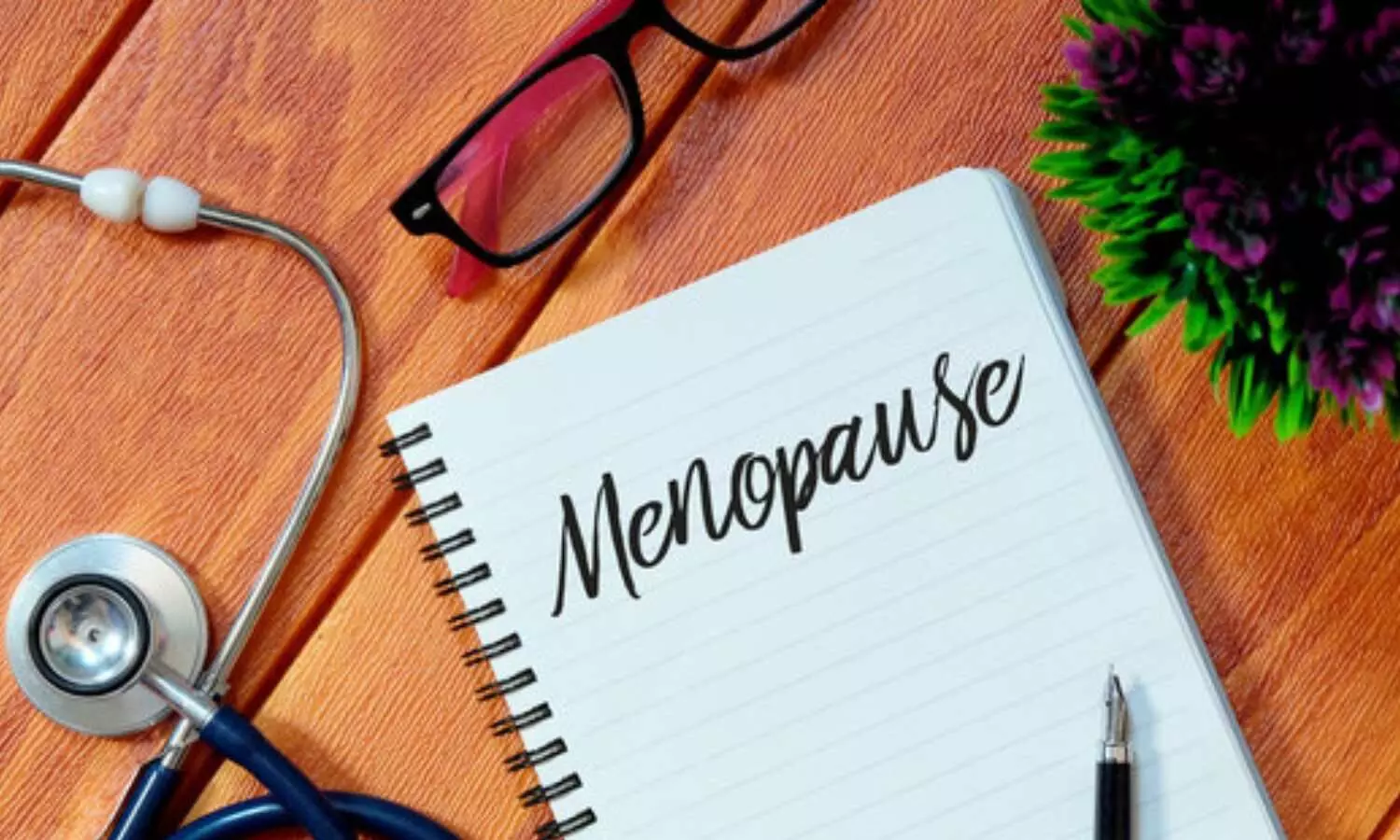Study finds cognitive deficits even in fully recovered survivors of mild COVID

UK: A recent study published in the New England Journal of Medicine revealed similar small deficits in memory, thinking, or concentrating (“brain fog”) among COVID-19 patients recovering from short-term symptoms versus those with longer-term symptoms.
“Subjects with resolved persistent symptoms after COVID-19 had objectively measured cognitive function comparable to that in participants with shorter-duration symptoms,” the researchers wrote. Although short-duration COVID-19 was still linked with small cognitive deficits after recovery. The longer-term persistence of cognitive deficits and clinical implications remain uncertain.
Coronavirus disease 2019 (Covid-19) is a disease cause by severe acute respiratory syndrome coronavirus 2 (SARS-CoV-2). Cognitive symptoms after COVID-19 are well recognized, however, there is no clarity on whether objectively measurable cognitive deficits exist and how long they persist.
In this observational study, Adam Hampshire, Imperial College London, London, UK, and colleagues’ primary hypothesis was that there would be measurable cognitive deficits after COVID-19 that would scale with covariates of illness duration and severity. Secondarily, they speculated that objective impairments in memory and executive functions would be observable in persons with prolonged symptoms, especially poor memory or brain fog.
They addressed these hypotheses by analyzing cognitive-task performance data that were obtained in the Real-Time Assessment of Community Transmission (REACT) cohort in England.
800,000 adults were invited to a study in England to complete an online assessment of cognitive function. The researchers estimated a global cognitive score across eight tasks. Of the 141,583 participants who started the online cognitive assessment, 112,964 completed it.
Based on the study, the researchers reported the following findings:
- In a multiple regression analysis, participants who had recovered from Covid-19 in whom symptoms had resolved in less than four weeks or at least 12 weeks had similar small deficits in global cognition as compared with those in the no-Covid-19 group, who had not been infected with SARS-CoV-2 or had unconfirmed infection (-0.23 SD and -0.24 SD, respectively); larger deficits as compared with the no-Covid-19 group were seen in participants with unresolved persistent symptoms (-0.42 SD).
- Larger deficits were in participants who had SARS-CoV-2 infection during periods in which the original virus or the B.1.1.7 variant was predominant than in those infected with later variants (e.g., -0.17 SD for the B.1.1.7 variant vs. the B.1.1.529 variant) and in participants who had been hospitalized than in those who had not been hospitalized (e.g., intensive care unit admission, -0.35 SD).
- The results of the analyses were similar to those of propensity-score-matching analyses.
- In a comparison of the group that had unresolved persistent symptoms with the no-Covid-19 group, memory, reasoning, and executive function tasks were associated with the largest deficits (-0.33 to -0.20 SD); these tasks correlated weakly with recent symptoms, including poor memory and brain fog.
- There were no adverse events.
Based on the results, the researchers found objectively measurable cognitive deficits that may persist for a year or more after COVID-19. They also found that participants with resolved persistent symptoms had small deficits in cognitive scores versus the no–COVID–19 group, which were similar to those in participants with shorter-duration illness.
“Early periods of the pandemic, longer illness duration, and hospitalization had the strongest associations with global cognitive deficits,” they wrote. “There is no clarity on the implications of the longer-term persistence of cognitive deficits and their clinical relevance and warrants ongoing surveillance.”
Reference:
Hampshire A, Azor A, Atchison C, Trender W, Hellyer PJ, Giunchiglia V, Husain M, Cooke GS, Cooper E, Lound A, Donnelly CA, Chadeau-Hyam M, Ward H, Elliott P. Cognition and Memory after Covid-19 in a Large Community Sample. N Engl J Med. 2024 Feb 29;390(9):806-818. doi: 10.1056/NEJMoa2311330. PMID: 38416429.
Powered by WPeMatico


